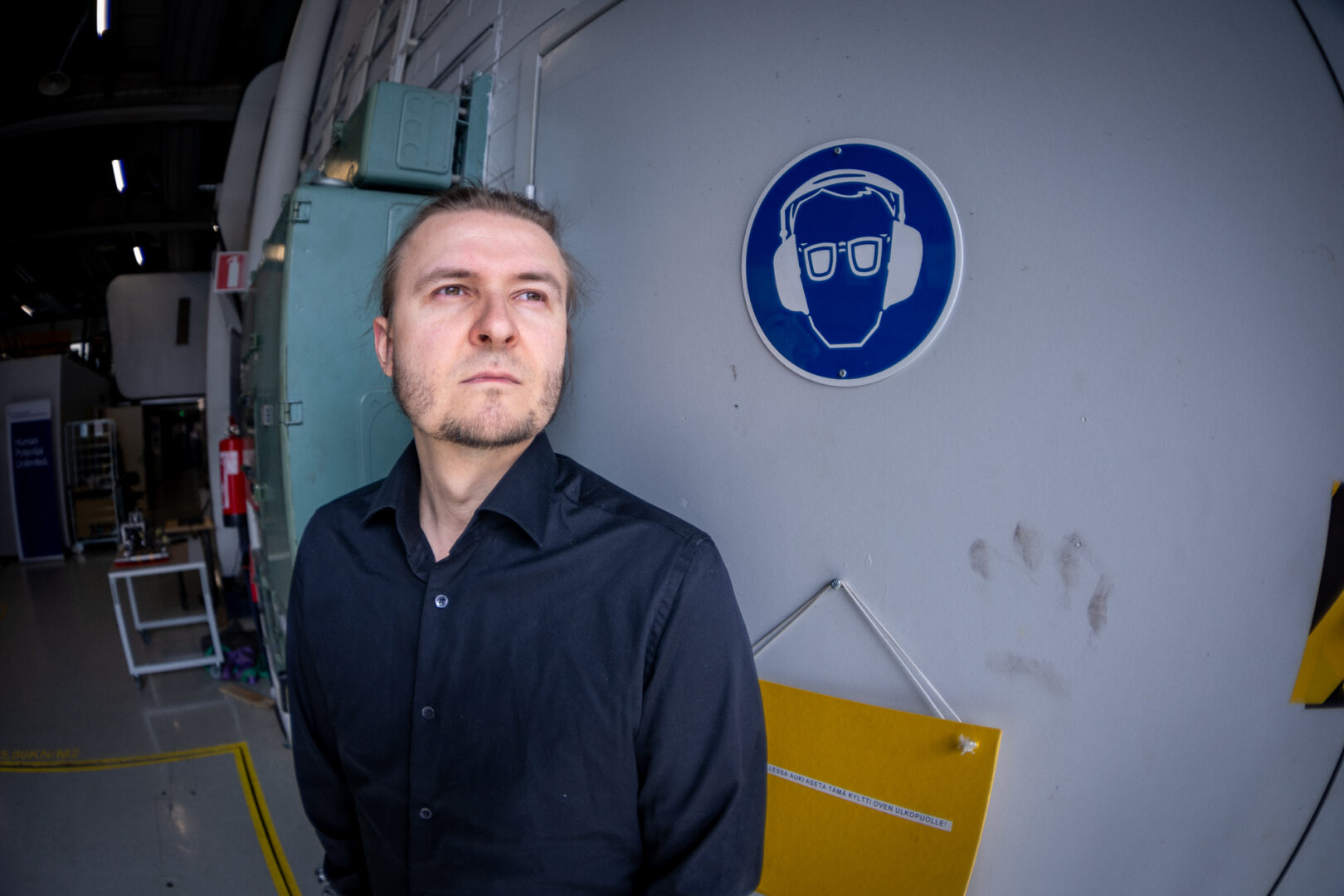Affordable sensors surprised researchers with their precision – IoT project tested performance in circular economy settings in Tampere
14.5.2024
The goal of the KIERTOTRE experiment by Tampere University and Business Tampere was to examine the suitability of wireless distance sensors available on the market for circular economy applications. With the intertwining of circular economy and IoT technology, these sensors can contribute to monitoring, controlling, and optimizing material, energy, and data flows in urban environments. In some cases, the sensors exceeded expectations.
Tampere University tested various wireless distance sensors available on the market for circular economy applications in the KIERTOTRE experiment. The results were promising, and according to the researcher, even affordable devices performed surprisingly well. The research and comparison took place in the laboratory conditions of Tampere University's Hervanta campus.
– The sensors were surprisingly accurate. Even the ultrasonic sensors proved to be good, although in many cases, the signal tends to be absorbed by the material in cheaper devices, says Antti Martikkala, a researcher at Tampere University.
The study specifically compared the usability, measurement accuracy, signal range, power consumption, and technical data of the devices. The sensors are suitable, for example, for monitoring the water level in waste bins or sewers. The research was conducted in the fall of 2023.
– In the end, the differences boiled down to user-friendliness and ease of setup. There are variations in housing, weight, size, and similar features, Martikkala explains.

Fresh PhD
Martikkala recently obtained his doctoral degree in engineering from Tampere University in spring 2024. His thesis, Towards Utilization of Low-cost Technologies in Democratizing IoT Development, investigated how affordable and open-source tools function in IoT solutions. It explores how scarcity becomes a virtue and how the same functionality can be achieved more cost-effectively. Martikkala has extensively utilized the Arduino platform, which is based on open hardware, in his research on microcontroller electronics.
– Can reliable sensors be made from these needs? Yes, they can! A self-made sensor was cheaper, costing around twenty euros, while commercial ones cost hundreds. What if even cheaper options could be used reliably? Martikkala summarizes.
The sensors tested in the Tampere IoT and KIERTOTRE experiments ranged from tens to a few hundred euros. The research is related not only to circular economy but also to broader areas like smart city planning, the Internet of Things (IoT), and data economy.
According to Martikkala, the sensors could contribute to reducing, reusing, and recycling materials in closed-loop systems, minimizing waste and maximizing the value of resources throughout their lifecycle.
– I wouldn't want to be involved in developing and exploring technology that destroys the environment, Martikkala says.

Added value from data
The Finnish funding agency Business Finland summarizes the business dimension of data economy on its website:
– In data economy, value is created through business-related data resources. Data is collected, shared, combined, analyzed, and utilized. For example, data is needed in the industry to provide services or enhance the competitiveness of a product being sold, Business Finland defines on its website.
A research report from Tampere University characterizes the future prospects of circular economy and IoT, emphasizing that the change requires innovative technologies for monitoring, controlling, and optimizing material, energy, and data flows.
Martikkala praises the availability of open data in Tampere and highlights positive examples such as the publicly available information on public transportation. Several alternative applications emerged alongside the official bus and tram application. Finding correlations and dependencies within data sets is crucial. According to Martikkala, it is essential to understand how different data sets relate to each other and how they can be used together. For example, public transportation data may correlate with other city-related information such as weather conditions, event schedules, urban structure, or population data.
– What is done with the data once it is collected? How much data can be shared through an interface? Enthusiasts working with open IoT data can combine information to create new value, says Martikkala.
You can find the final report of the distance sensors tested in the KIERTOTRE experiment here (Finnish): Loppuraportti Tampere IOT-sensoritestit 2023
Additional info at Business Tampere:
